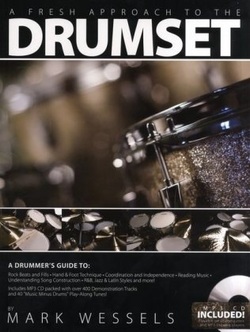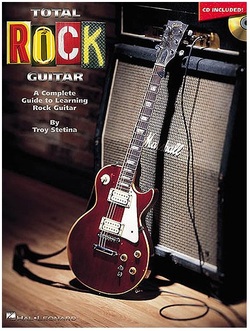
This is natural and healthy for a teacher. As I grow as a player and educator, my methods and curriculum may change. As new books are made available, they will be worked into the curriculum. Please do not read that I am flip-flopping methods and ditching everything for something new and shiny.
For drum students, it all comes down to rudiments, technique, and coordination. From the most simple task to the most complex, everything relies on the above three things.
Which brings me to guitar...For some reason, there is a real lack of resources for guitar education. Don't get me wrong, there are TONS of method books and songbooks. But most of these are pretty awful. They focus on strange methodologies, are overly simplified or overly difficult, and there aren't many that focus on technique. I'm not sure why this is as there is a wealth of resources available for other private instrument lessons (piano and drums, for instance).

I think that variety is the key but, especially with my teenage students, I need to have something systematic and methodical to work through. Teaching random songs and techniques is fun, but it leaves a lot of holes in one's playing and is difficult with the attention span of most teens. I need something concrete that we can work through and accomplish.
So, I've been researching for a few weeks and have narrowed down the list to a few books that I'll be trying out this semester. I'm fairly confident that one of them (Total Rock Guitar) will become the new lesson book for my intermediate students interested in rock guitar, while the others will be great supplemental material.
So, here is the list of books that I'll be working through for the first few weeks until lessons begin. You can expect to see brief reviews of my initial thoughts on each book soon.
In no particular order...
Guitar Fretboard Workbook
Guitar Aerobics
Speed Mechanics for Lead Guitar
Total Rock Guitar
Chord Tone Soloing
Rhythmic Lead Guitar The Advancing Guitarist
Feel free to check these out on Amazon and let me know what you think. Reviews coming soon!
 RSS Feed
RSS Feed